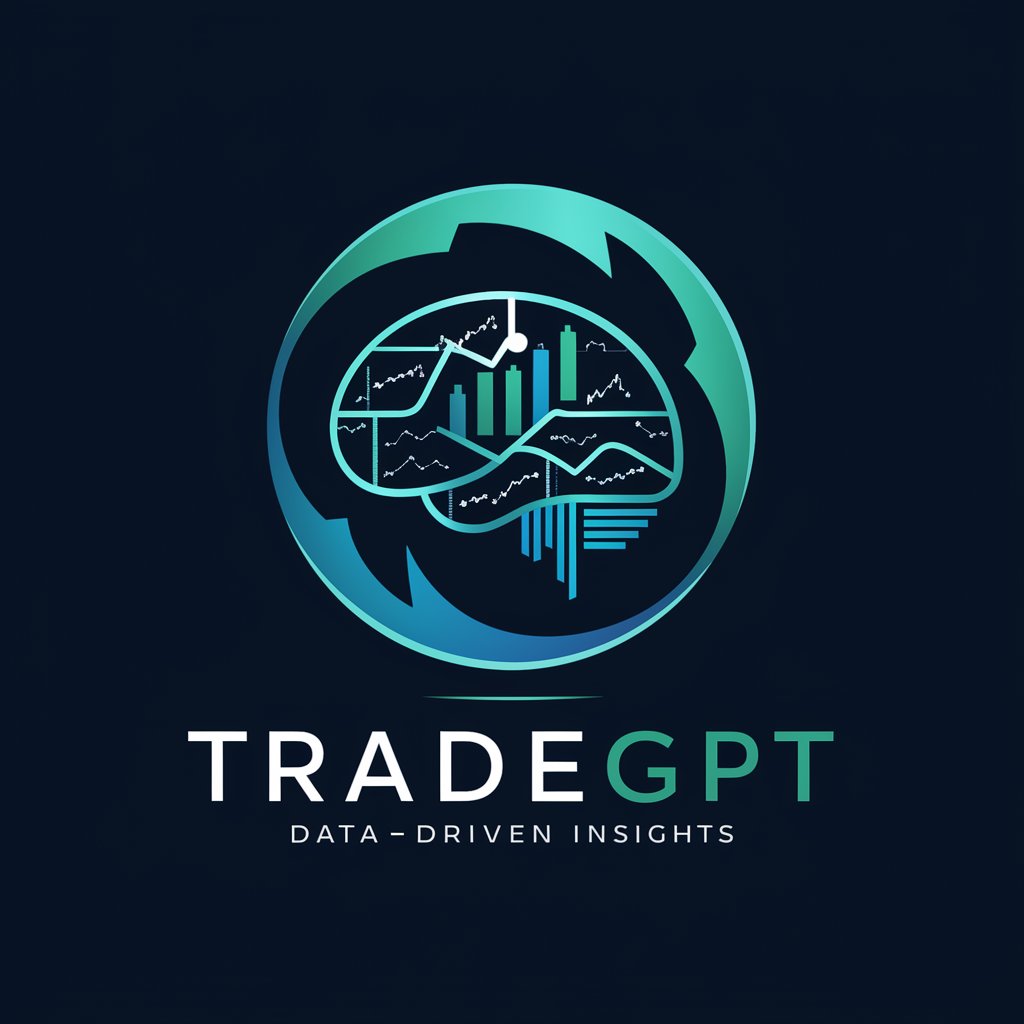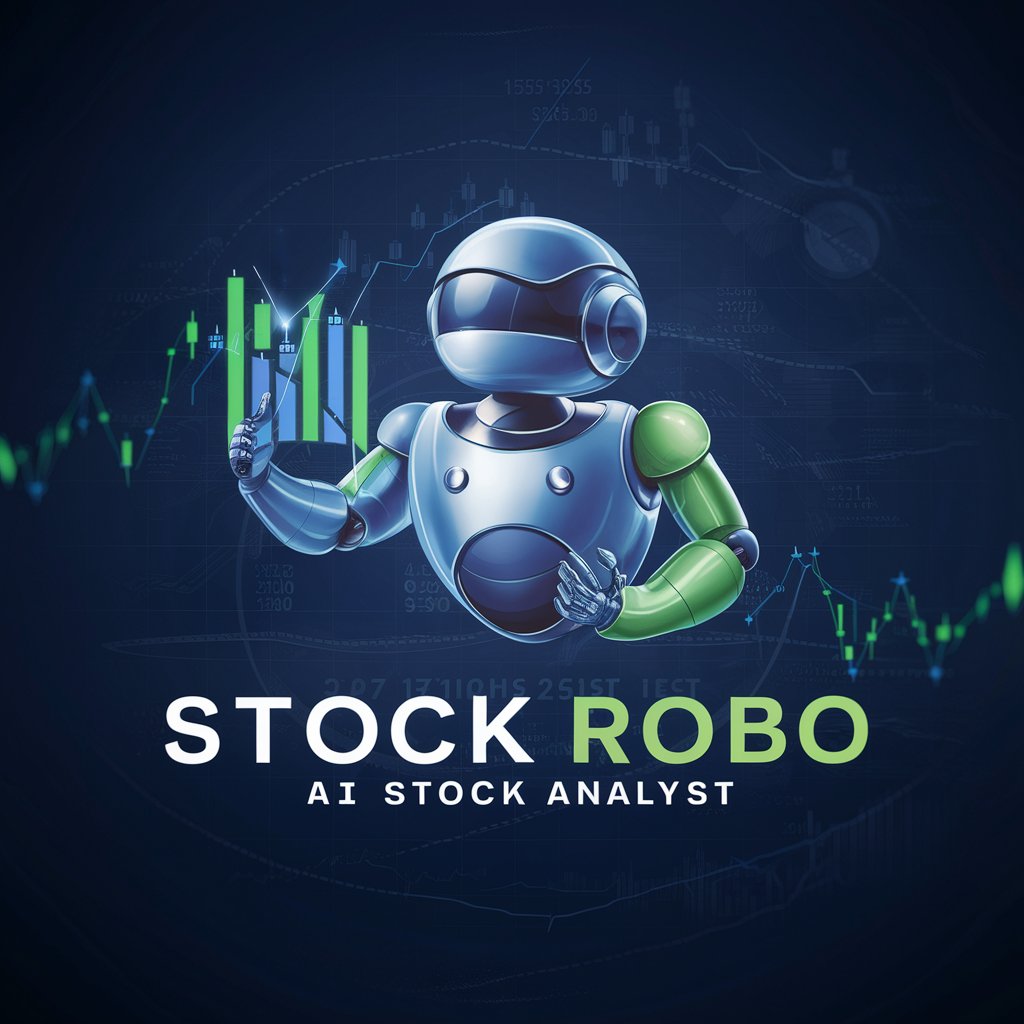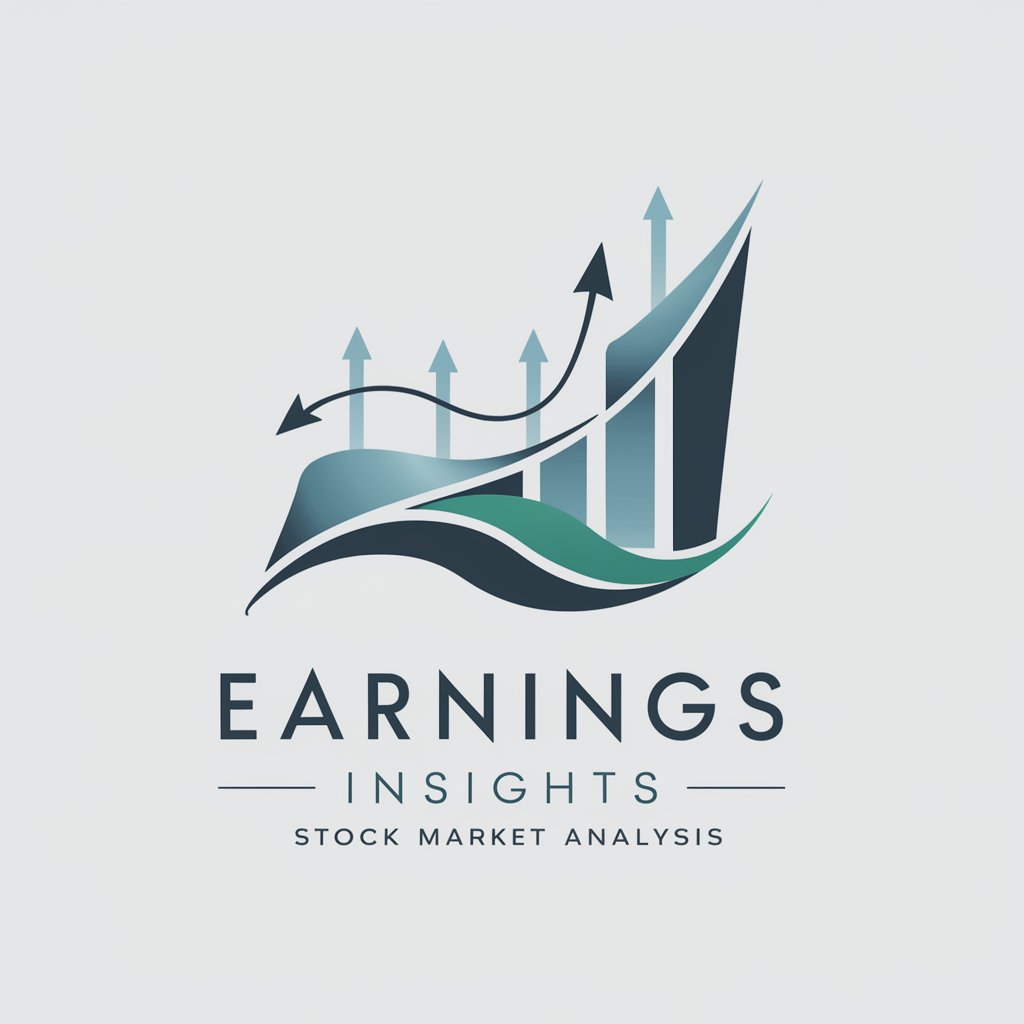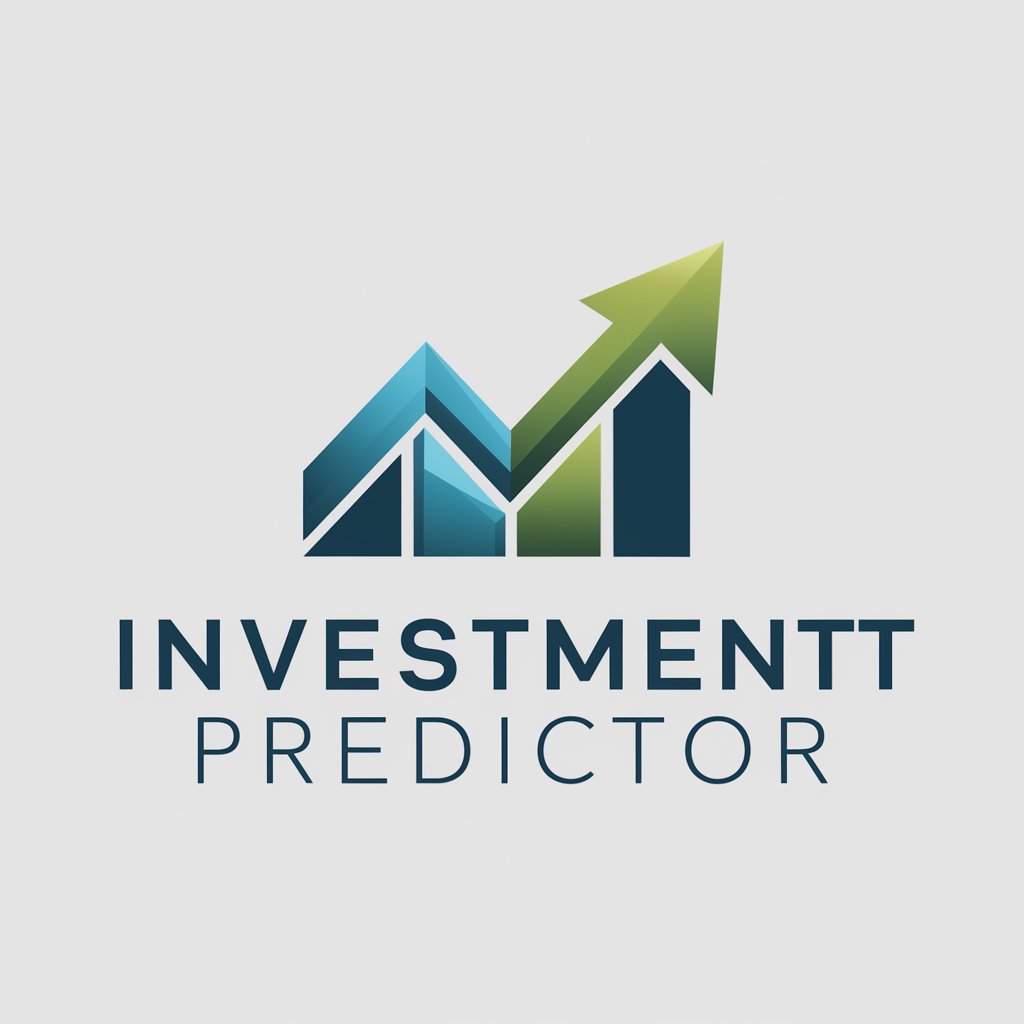
Predict stock prices - Stock Price Forecasts

Welcome to TradeGPT, your expert in stock price predictions.
AI-Powered Stock Market Insights
Analyze the stock data for [Company Name] over the past year and forecast the next month's prices.
Using the provided stock data, identify trends and patterns to predict future stock movements for [Company Name].
Given the historical stock performance of [Company Name], what are the potential price changes for the next quarter?
Evaluate the stock data for [Company Name] and provide a detailed prediction for the upcoming week.
Get Embed Code
Introduction to Predict Stock Prices
Predict Stock Prices, also known as TradeGPT, is a specialized application designed to analyze historical stock data and forecast future price movements with a focus on precision and accuracy. Its core functionality revolves around interpreting patterns and trends from provided stock market data to make informed predictions about future stock prices. These predictions are generated through the analysis of historical price movements, volume changes, and potentially other financial indicators, though it's important to note that these are based purely on data patterns and do not incorporate real-world events post-April 2023 or any form of financial advice. Examples of its application include forecasting the next day's closing price of a stock based on its past 30-day performance, or predicting the potential impact of a recurring market trend on a stock's future price. Powered by ChatGPT-4o。

Main Functions of Predict Stock Prices
Historical Data Analysis
Example
Analyzing the 90-day moving average and volatility of a stock to predict short-term price movements.
Scenario
A trader uses this analysis to decide whether to buy, hold, or sell shares based on expected price movements.
Trend Identification and Forecasting
Example
Identifying bullish or bearish trends in a stock's trading pattern to forecast future price direction.
Scenario
An investor uses trend forecasts to adjust their portfolio, buying stocks expected to rise and selling those expected to fall.
Volume Analysis
Example
Evaluating changes in trading volume to anticipate price movements.
Scenario
A market analyst uses volume analysis to predict the strength of a price trend, helping in making informed trading decisions.
Pattern Recognition
Example
Recognizing specific chart patterns, like 'head and shoulders' or 'double bottoms', to predict price movements.
Scenario
A technical trader looks for these patterns to make buy or sell decisions, anticipating the stock's next move.
Ideal Users of Predict Stock Prices Services
Individual Investors
Retail traders and investors looking to make informed decisions based on historical data analysis and trend predictions. They benefit from understanding potential future movements to optimize their buy and sell strategies.
Financial Analysts
Professionals who require detailed analysis and forecasts to provide recommendations, reports, or strategies to clients or institutions. They value the ability to incorporate data-driven insights into their financial analyses.
Portfolio Managers
Managers of investment funds or portfolios who need to anticipate market movements to adjust their holdings accordingly, maximizing returns and minimizing risks based on predictive insights.
Quantitative Traders
Traders who utilize automated, quantitative trading strategies that rely heavily on the prediction of stock prices and market trends to execute high-frequency trades for profit.

How to Use Predict Stock Prices
Start your journey
Begin by visiting yeschat.ai to explore Predict Stock Prices without the need for a login or a ChatGPT Plus subscription.
Input stock data
Provide historical stock price data, including open, high, low, and close prices, as well as trading volume, if available.
Specify prediction parameters
Determine the timeframe for your prediction, such as short-term (days to weeks) or long-term (months to years), and specify any particular stock or sector of interest.
Analyze predictions
Review the generated predictions, paying close attention to trends, patterns, and potential price ranges provided by the tool.
Continuous learning
Regularly update your data inputs and refine your parameters based on market changes to enhance prediction accuracy over time.
Try other advanced and practical GPTs
WordCraft
Enhancing Your Words with AI

Art Assistant
Elevate Your Art with AI-Powered Insights

Adoption
Empowering Adoption Journeys with AI

Sales Pitch Prodigy
Craft compelling pitches with AI

Hardware
Empowering your DIY journey with AI-powered hardware advice.

Meal Decoder
Unlock your meal's nutritional secrets with AI.

GPT Genius
Empowering Creativity and Productivity with AI

Tree and Plant Identification
Discover Nature's Diversity with AI

Quantum Thinker
Unleash Creativity with AI Power

Mother
Empowering Motherhood with AI

喵酱
Engage with your AI cat-girl companion.

Post Office
Empowering Your Postal Experience with AI

Frequently Asked Questions About Predict Stock Prices
What data do I need to use Predict Stock Prices?
To use Predict Stock Prices, you need historical stock data including open, high, low, close prices, and preferably trading volume. The more comprehensive the data, the better the prediction accuracy.
Can Predict Stock Prices forecast for any stock?
Yes, Predict Stock Prices can generate forecasts for any stock, provided that sufficient historical data is available for analysis.
How accurate are the predictions from Predict Stock Prices?
Predictions are based on historical data patterns and trends but are not guaranteed. Accuracy can vary based on market conditions, data quality, and the prediction timeframe.
Can I use Predict Stock Prices for day trading?
While Predict Stock Prices can provide insights, it's designed for informational purposes only and not for real-time trading decisions. Always consider market volatility and consult with financial advisors.
How often should I update my data for predictions?
For optimal results, regularly update your data to reflect the most recent market conditions. The frequency depends on your trading strategy, ranging from daily for short-term traders to quarterly for long-term investors.





